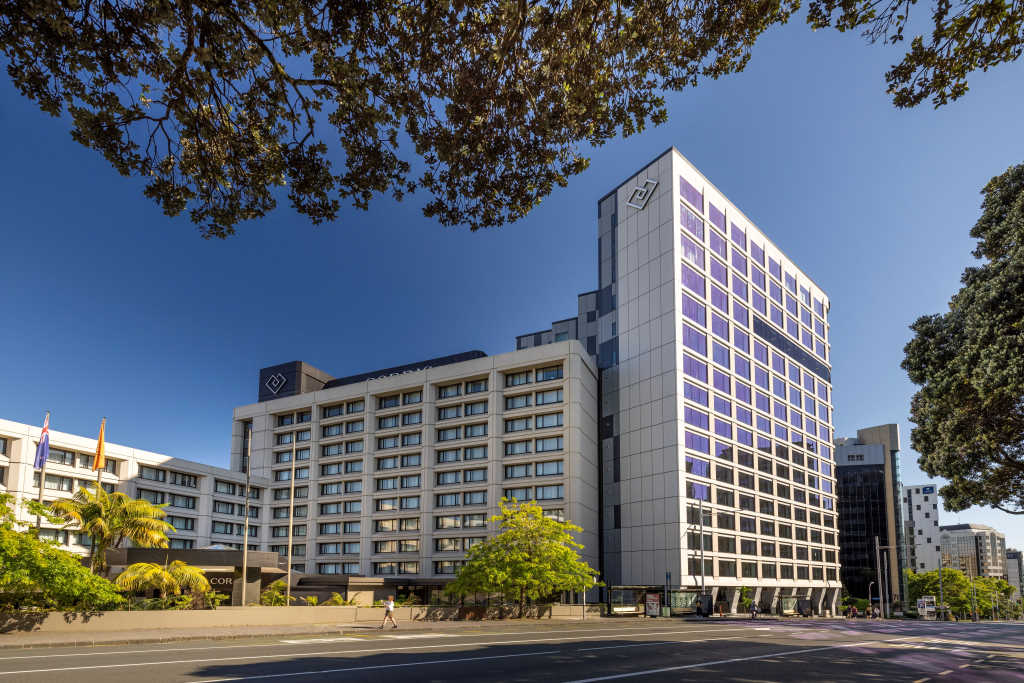Barrier to retinal cell transplants identified
The removal of the retina’s internal limiting membrane (ILM) prior to retinal ganglion cell (RGC) transplantation allows better proliferation of transplanted cells, a study has shown.
Dr Thomas Johnson’s research team at the Wilmer Eye Institute at the John Hopkins University School of Medicine transplanted human embryonic stem (hES) cell-derived RGCs onto mouse retinas. RGCs can be killed as a result of sustained, increased intraocular pressure (IOP); they do not regrow, which eventually leads to blindness.
"The transplanted cells clumped together rather than dispersing from one another like on a living retina," said Dr Johnson. However, the application of a combination of proteolytic enzymes (papain, pronase E and collagenase) allowed the mouse retina ILM to separate from the retinal surface so that the transplanted cells integrated more evenly into the tissue’s surface and established new nerve connections, researchers reported.
In their paper, published in Stem Cell Reports, the research team’s observation that the ILM is the primary obstruction to the ingress of hES-RGC was reinforced by their examination of cut, flat-mounted retinas prior to enzyme treatment. “hES-RGC somas and neurites were identified deep to the ILM only in areas directly adjacent to retinal explant edges where the ILM was mechanically disrupted,” they wrote.


























